The R7 and R10 are the first two APS-C cameras for the Canon mirrorless EOS R system (RF-mount), which until now only offered full frame models.
The R10 is an entry level model that targets travel, lifestyle and v-loggers, whereas the higher specs of the R7 could also interest nature and wildlife photographers.
Let’s see how these two cameras compare.
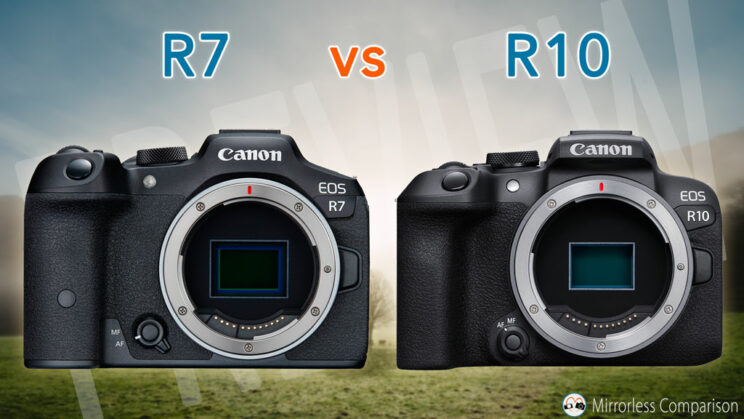
You might also be interested in:
Ethics statement: the following is based on official specs and Canon’s press release, unless otherwise stated. We were not asked to write anything about these products, nor were we provided any compensation of any kind. Within the article, there are affiliate links. If you buy something after clicking one of these links, we will receive a small commission. To know more about our ethics, you can visit our full disclosure page. Thank you!
1. Sensor
Both cameras feature an APS-C sensor (1.6x crop factor in comparison to the 35mm format). The R7 has more resolution with 32.5MP compared to 24.2MP on the R10.

The sensors are based on previous versions such as the ones found in the M6 II and M50 II (EOS M system), but the micro lenses on the surface and the circuitry have been upgraded to improve the performance. Coupled with the latest Digic X image processor, the two cameras gain a distinctive boost to the drive speed, as you’ll read further down.
The sensitivity range is the same on both: 100 to 32,000 ISO, with the extended level going up to 51,200 ISO.
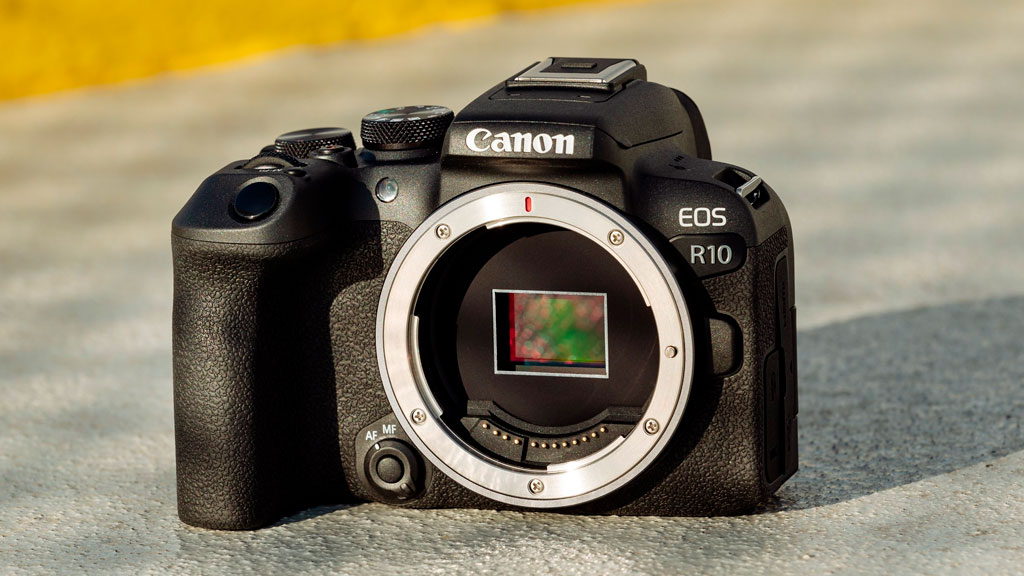
In addition to 14-bit RAW and 8-bit JPG, the two cameras can record 10-bit HEIF files with the HDR PQ gamma.
2. Autofocus
Both cameras include an advanced autofocus system inheritated from the flagship R3. This includes Canon’s Dual Pixel AF II technology and a deep learning algorithm that can track various subjects automatically including humans, animals and vehicles. For people and animals, eyes as well as heads and bodies can be detected. For cars and motorcycles, there is an option to prioritise the helmet of the racing driver. Tracking works across the entire sensor area.
The AF Tracking mode can be initiated from any AF zone selected, rather than having to scoll to a dedicated setting like on previous cameras. There are also three customisable AF zones you can use.
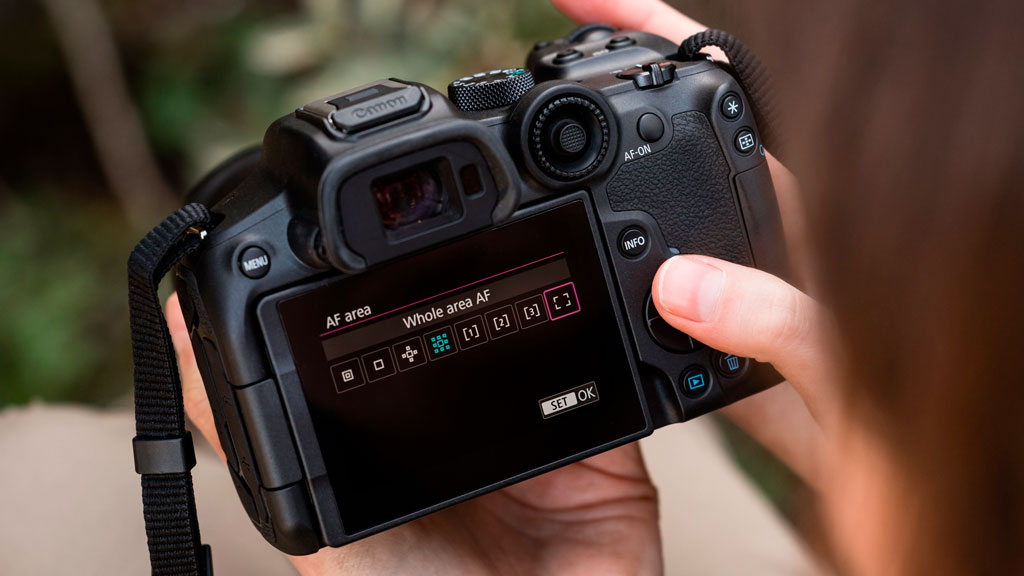
Two differences are found with low light sensitivity and the total number of AF points.
The R7 has a rating of -5EV whereas the R10 is one stop less efficient at -4EV (measured with an F1.2 lens). Note that both cameras can work down to f/22, which is useful when using small aperture lenses such as the RF 600mm F11 with the teleconverters.

The number of focus areas you can use with the 1-point AF mode are 5,915 on the R7 and 4,503 on the R10. When Tracking is enabled, both cameras work with 651 points.
Additional features present on both models include Focus Bracketing and Focus Stacking.
3. Shutter and Shooting Speed
The R7 can work up to 1/8000s with the mechanical shutter, as opposed to 1/4000s on the R10. With the electronic shutter, both cameras go up to 1/16000s.
The R7 has a slight advantage with the flash sync speed: 1/250s with the mechanical shutter, or 1/320s with the electronic front curtain shutter. The R10 does 1/200s and 1/250s respectively.
Both cameras can shoot in continuous mode up to 15fps with the mechanical shutter. With the electronic shutter, the R7 has an advantage, being capable of reaching 30fps, whereas the R10 stops at 23fps.
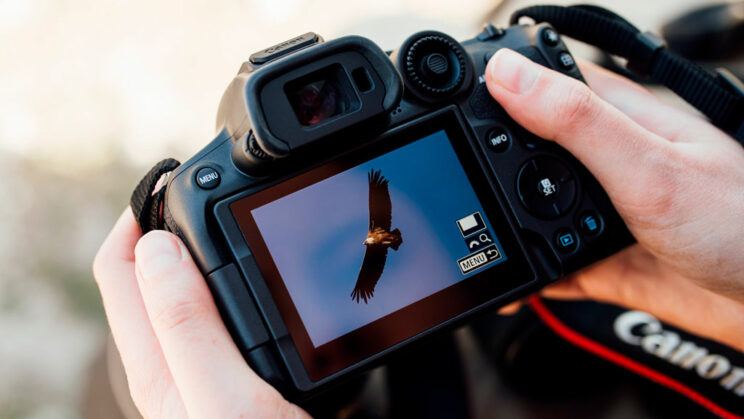
A Pre-shooting mode is available, which allows the two models to capture images half a second before the shutter button is pressed all the way down. This is similar to other functions found on competing camera systems, with the most famous being Olympus’ Pro Capture.
Concerning the buffer capabilities, here are the official specs shared by Canon. The R7 does better at the fastest drive speed, despite the higher resolution of the sensor.
R7
R10
15fps
224 JPG
51 RAW
460 JPG
29 RAW
23fps
–
70 JPG
21 RAW
30fps
126 JPG
42 RAW
–
4. Image stabilisation
One of the major differences between the two cameras is that the R7 includes in-body image stabilisation (IBIS). It is the first Canon APS-C camera to feature such technology.
The shake compensation can go as high as 8 stops (with the RF 24-105mm F4), but bear in mind that the performance changes according to the lens used. For example, with the RF-S 18-150mm and RF-S 18-45mm APS-C lenses, it is 7 stops and 6.5 stops respectively.
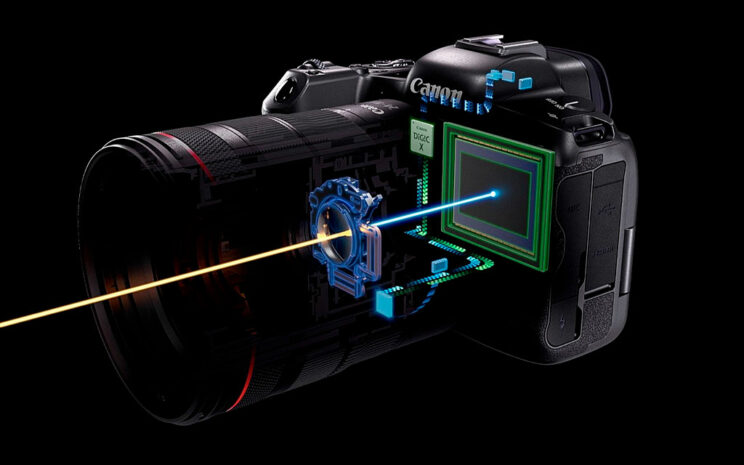
The camera can combine IBIS with optical stabilisation, as well as digital stabilisation in video mode (Movie Digital IS).
Also interesting is how the R7 uses the sensor shift technology for additional things. For example, it can level the horizon automatically when the Auto-Level feature is engaged, or it can minimise vertical motion when using the panoramic mode.
The R10 doesn’t have sensor stabilisation, so you must rely on lenses with optical stabilisation. The Movie Digial IS mode is still available, and works in conjunction with IS on the lens.
5. Video
Both cameras can record 4K up to 60p and have a 10-bit internal option, although there are important differences to be aware of.
First, the good news: the R7 and R10 can record 4K/30p with oversampling (which means high quality), using the full width of the sensor (meaning no crop). Because of the higher megapixel count, the R7 oversamples from a 7K area as opposed to 6K for the R10.
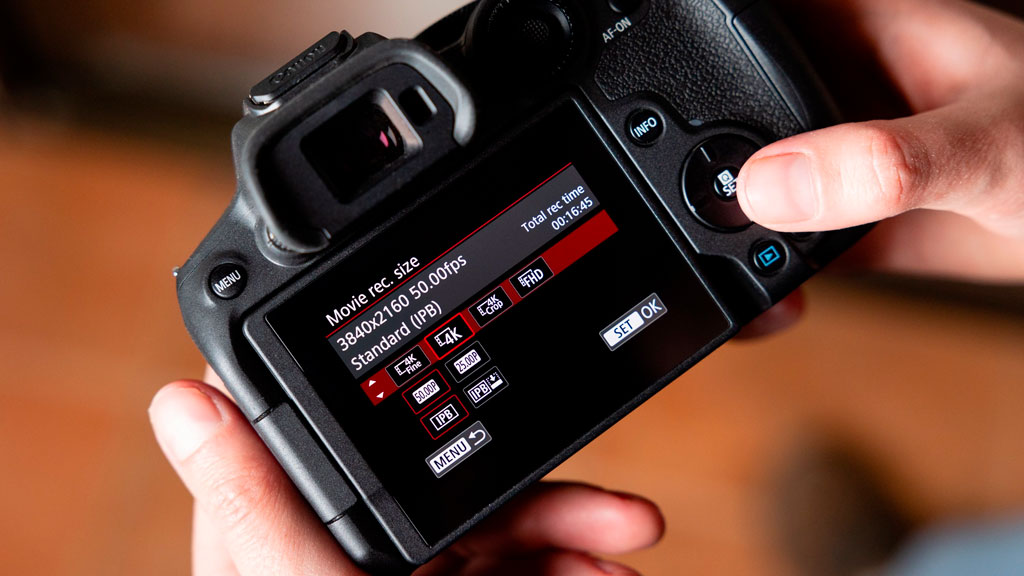
If you want 4K 60p however, there is a catch: the R7 can record without a crop but with lower quality (line-skipping according to DPreview), or with a native 3840 x 2160 pixel area, which translates into a severe 1.8x crop. The R10 applies a 1.6x crop when recording 4K 60p.
Full HD video can go up to 60p in normal mode (with audio), or 120p with the High Speed mode.
Both cameras can record 10-bit with the HDR PQ setting (H.265). The R7 also has the C-Log3 option.
The maximum bitrate is 120Mbps with 4K/30p and 230Mbps with 4K/60p. If you activate the 10-bit recording, it increases to 170Mbps and 340Mbps respectively.
Canon says the R7 can record 4K 30p (HQ quality) or crop 4K/60p for approximately 60 minutes with a temperature of 23˚C or lower. The R10 has a similar rating with 50 minutes. Of course, we’ll wait for real world reviews to assess these claims.
Here is a quick recap of all the specs:
R7
R10
4K 30p
no crop
no crop
4K 60p
no crop /
1.8x crop
1.6x crop
Full HD
120p
120p
10-bit
H.265
H.265
Profiles
HDR PQ / C-Log3
HDR PQ
Bitrate
4K 30p
120M (8-bit)
230M (10-bit)
120M (8-bit)
230M (10-bit)
Bitrate
4K 60p
170M (8-bit)
340M (10-bit)
170M (8-bit)
340M (10-bit)
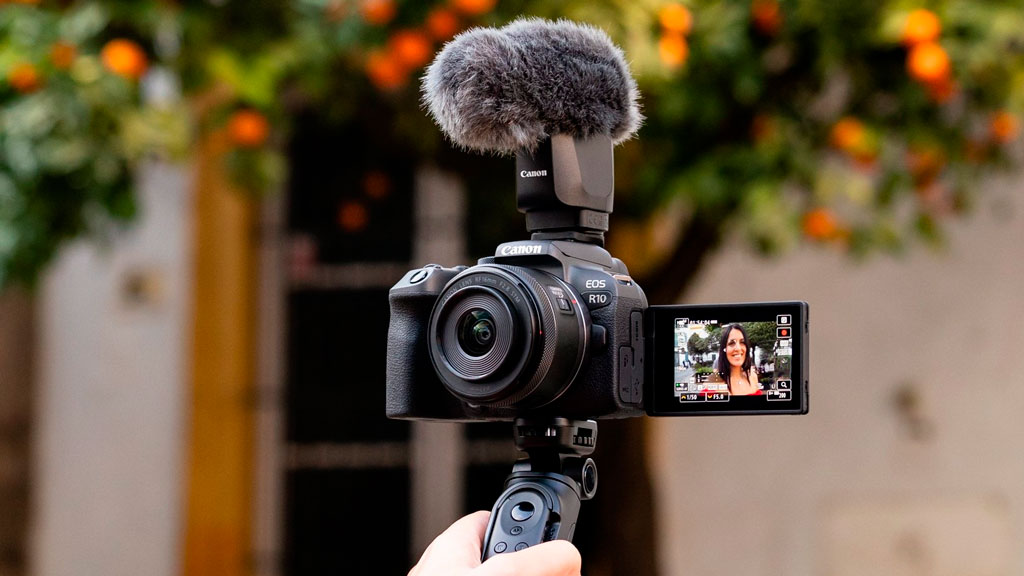
Finally, the R7 has a microphone input and headphone output (3.5mm). The R10 lacks the headphone option. Both come with the new multi-function accessory shoe that is compatible with digital audio on select microphones.
6. Design
The R7 is larger and heavier than the R10, and also sports weather sealing.
- R7: 132.0 x 90.4 x 91.7mm, 612g
- R10: 122.5 x 87.8 x 83.4mm, 429g
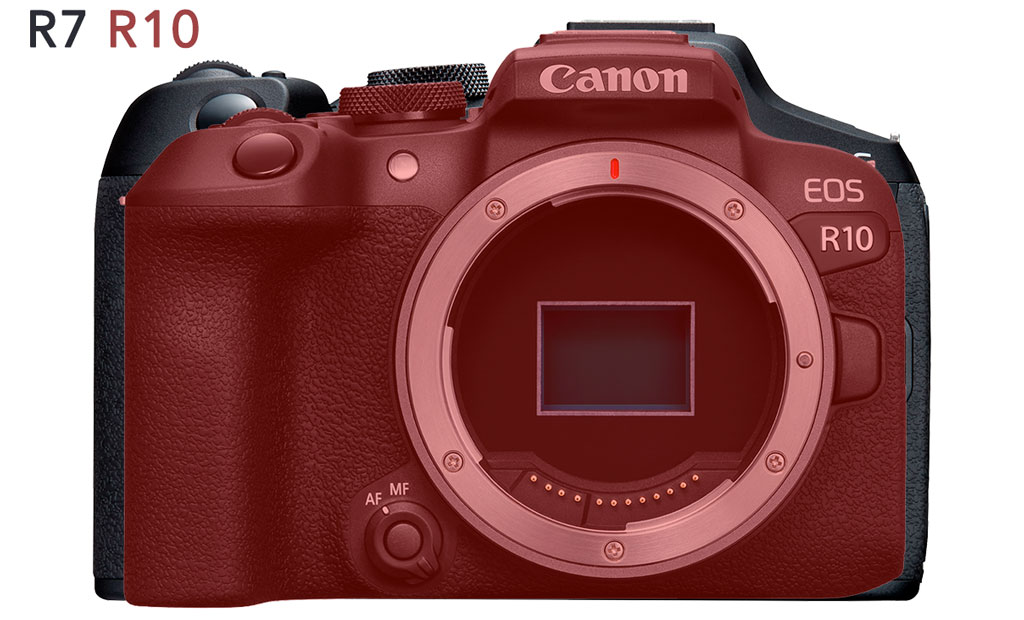
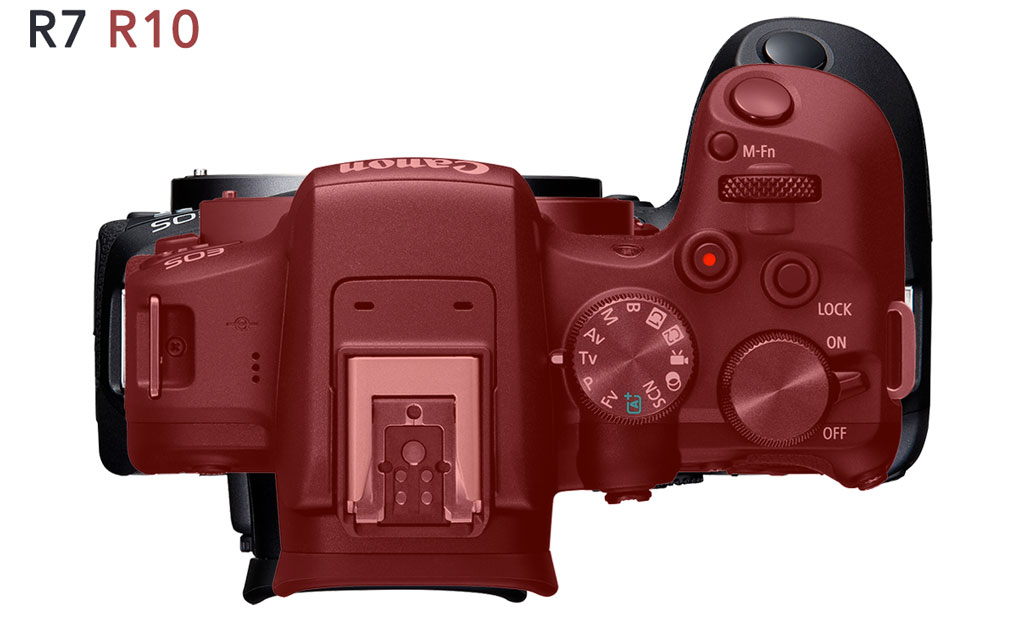
Both cameras include an AF Joystick on the rear, but it is curious to see the different approach Canon took to the rear dial. On the R10, it’s on top of the camera next to the on/off switch, whereas on the R7 it is built around the AF joystick. I wonder how comfortable the latter solution is, and if we might end up touching the joystick inadvertently while moving the dial.
Also new on the front is the AF/MF switch with a centre button that can recall the AF methods.
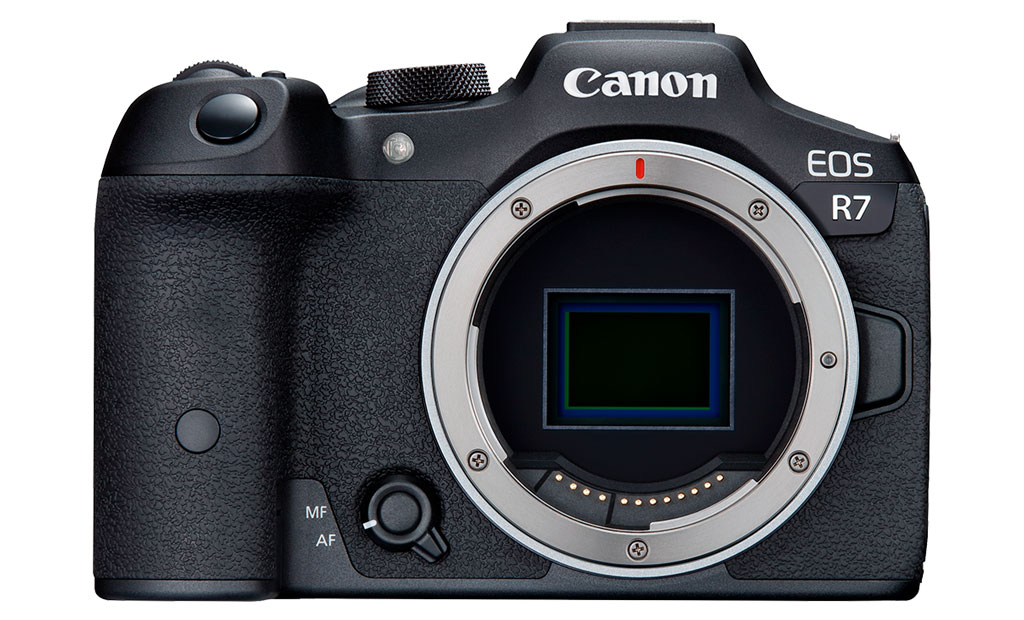
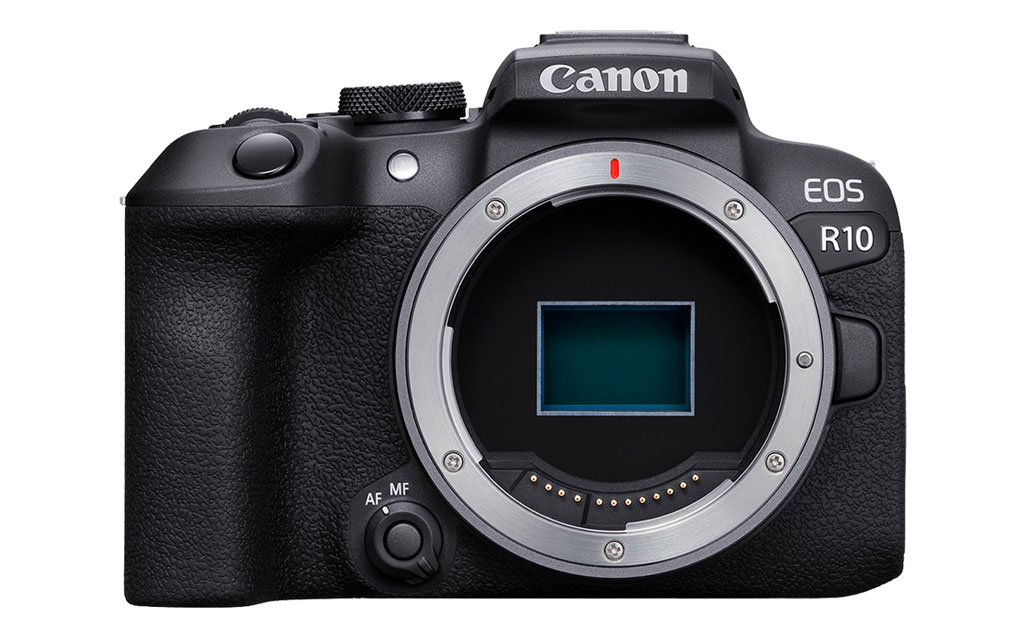
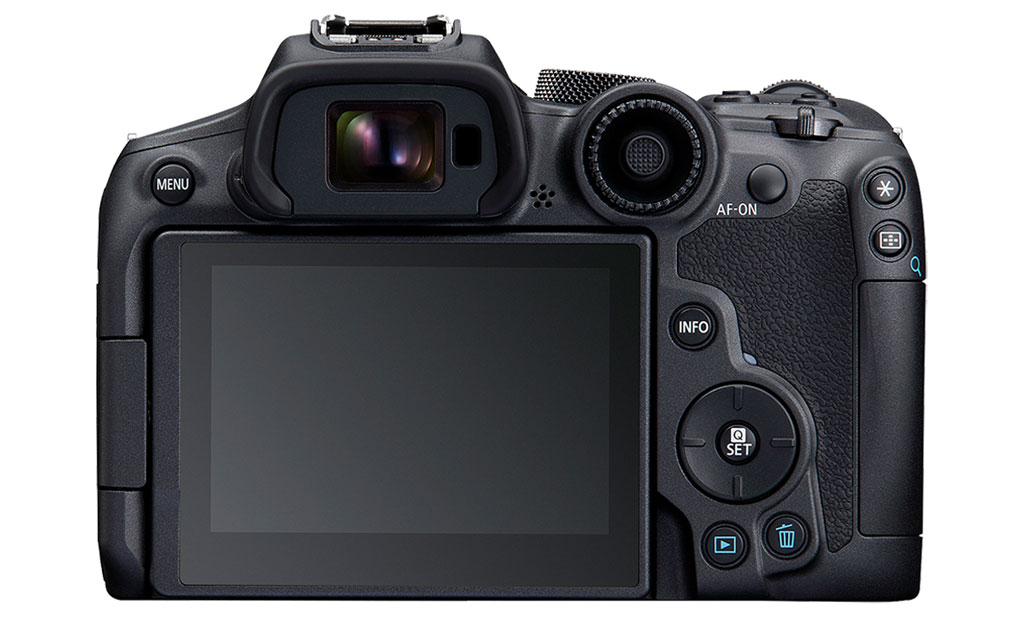
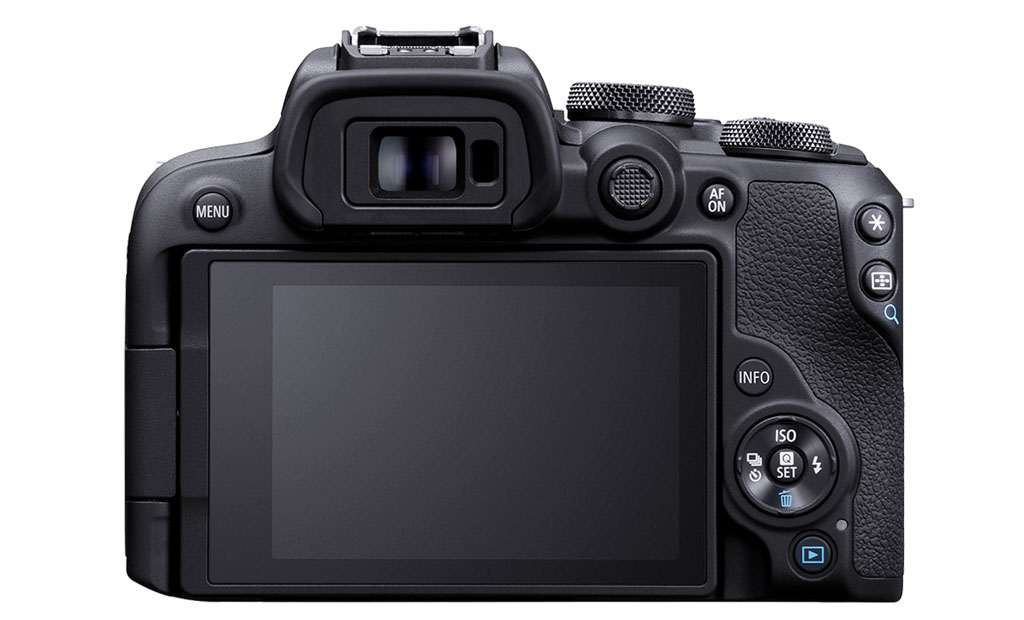
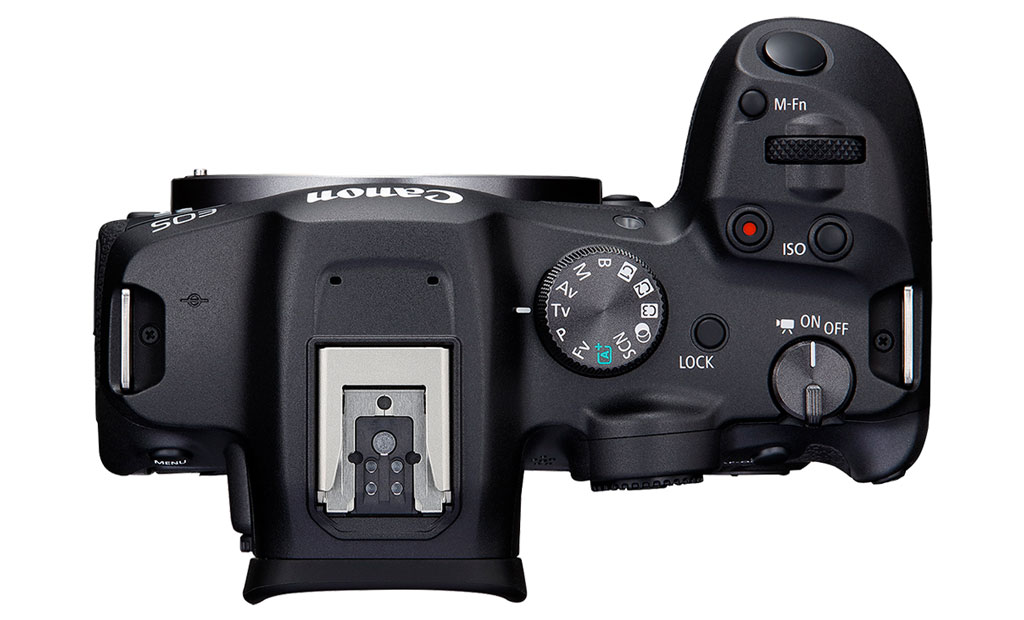
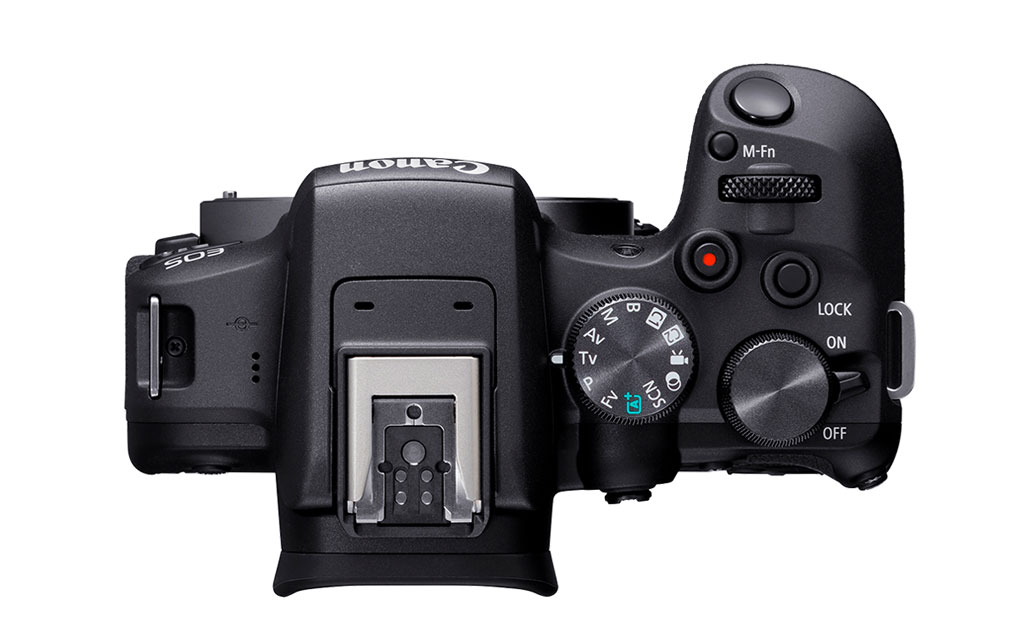
The R7 gives you the option to leave the shutter curtains closed when powering the camera off to protect the sensor when changing lenses. As always, remember that these curtains are quite delicate themselves.
Finally, the R10 has a built-in popup-flash, unlike the R7.
7. Viewfinder and LCD monitor
Both cameras feature a 0.39-in OLED viewfinder with 2.36M dots and a 22mm eyepoint. The R7 has more magnification (0.72x vs 0.59x on the R10). The refresh rate goes up to 120Hz when the Smooth option is selected.
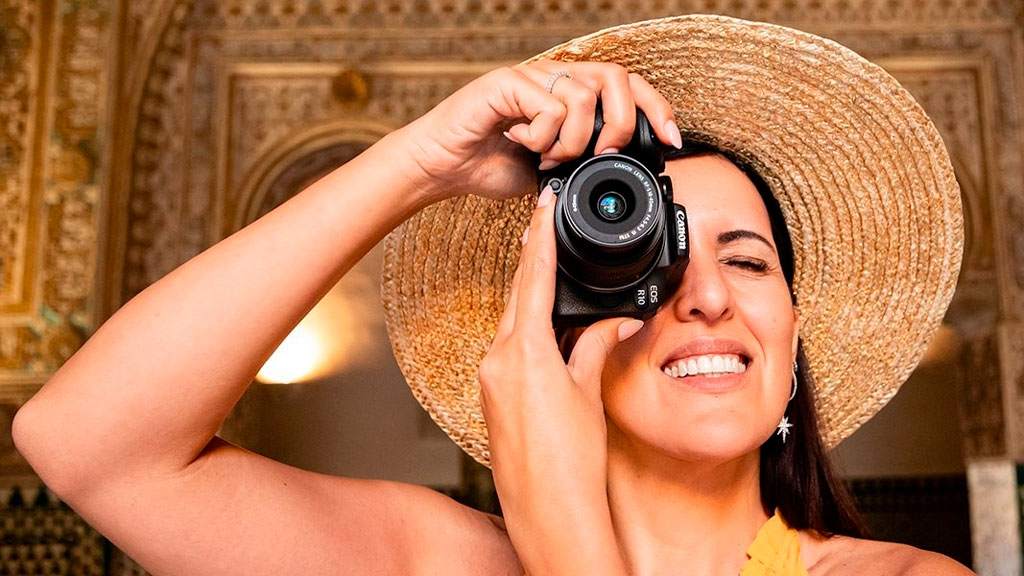
The rear screen is fully articulated and touch sensitive on both products, but the R7 has more resolution: 1.62M vs 1.04M dots on the R10.
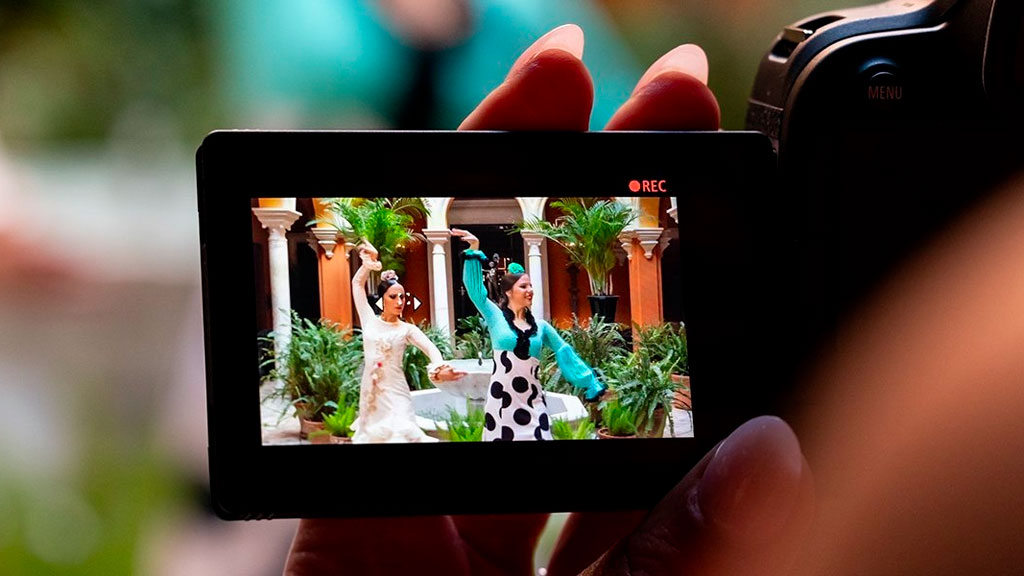
8. Memory storage
Both cameras accept SD UHS-II cards, but the R7 has two slots as opposed to one on the R10.
Furthermore, the card slot on the smaller camera is found in the battery compartment, whereas the R7 has its own dedicated area for the memory cards, on the side.
9. Battery life
The two cameras use a different battery.
The R7 comes with the LP-E6NH type which is the same used on the R5 and R6. The battery life for a single charge is rated at 770 shots (LCD) and 500 shots (EVF) when using the power-saving mode.
The R10 uses a smaller LP-E17 and has a rating of 430 frames (LCD) or 260 frames (EVF) with power-saving mode.
Both cameras have a USB C port that can be used to charge the battery.
10. Price
The R7 is more expensive and starts with the retail price of $1500, £1350 or €1570 (camera only).
The R10 body only costs $980 / £900 / €1030.
Note: prices as of late May 2022.
You might also be interested in:
Conclusion
The move to expand the RF mount to APS-C cameras makes sense. After all, the success of Canon’s DSLR segment certainly relied on the two formats (full frame and APS-C) sharing the same lens system.
The high sensor resolution, the advanced autofocus and the 30fps burst make the R7 an appealing proposition for sports and wildlife photographers, who in the past relied on high-end APS-C cameras like the 7D and 7D II to take advantage of the mix of fast performance and a 1.6x crop.
The R10 is probably closer to a 850D, with a lower price that will attract beginners or enthusiast in search of a user friendly product with good performance for a variety of uses.
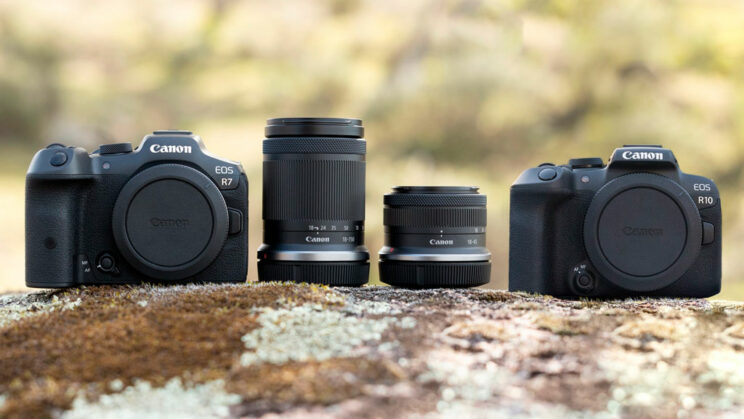
Of course, it’s hard to dismiss the big question mark regarding the EOS M system. Canon started its mirrorless journey with APS-C and the EOS M-mount. The main selling point of the latter is compactness, but it failed to bring advanced specifications for more demanding photographers.
Given that the camera market is not as large as it was ten years ago, I struggle to see both mirrorless systems surviving. One would have to go and I think we can all agree which one will take the fall. But for now, Canon has said the R7 and R10 are not meant to replace any other product. Let’s catch up on this again in a few years!
Reminder: the links below are affiliate links. If you decided to buy something after clicking the link, we will receive a small commission.
Check the price of the Canon EOS R7 on
B&H Photo
Check the price of the Canon EOS R10 on
B&H Photo
